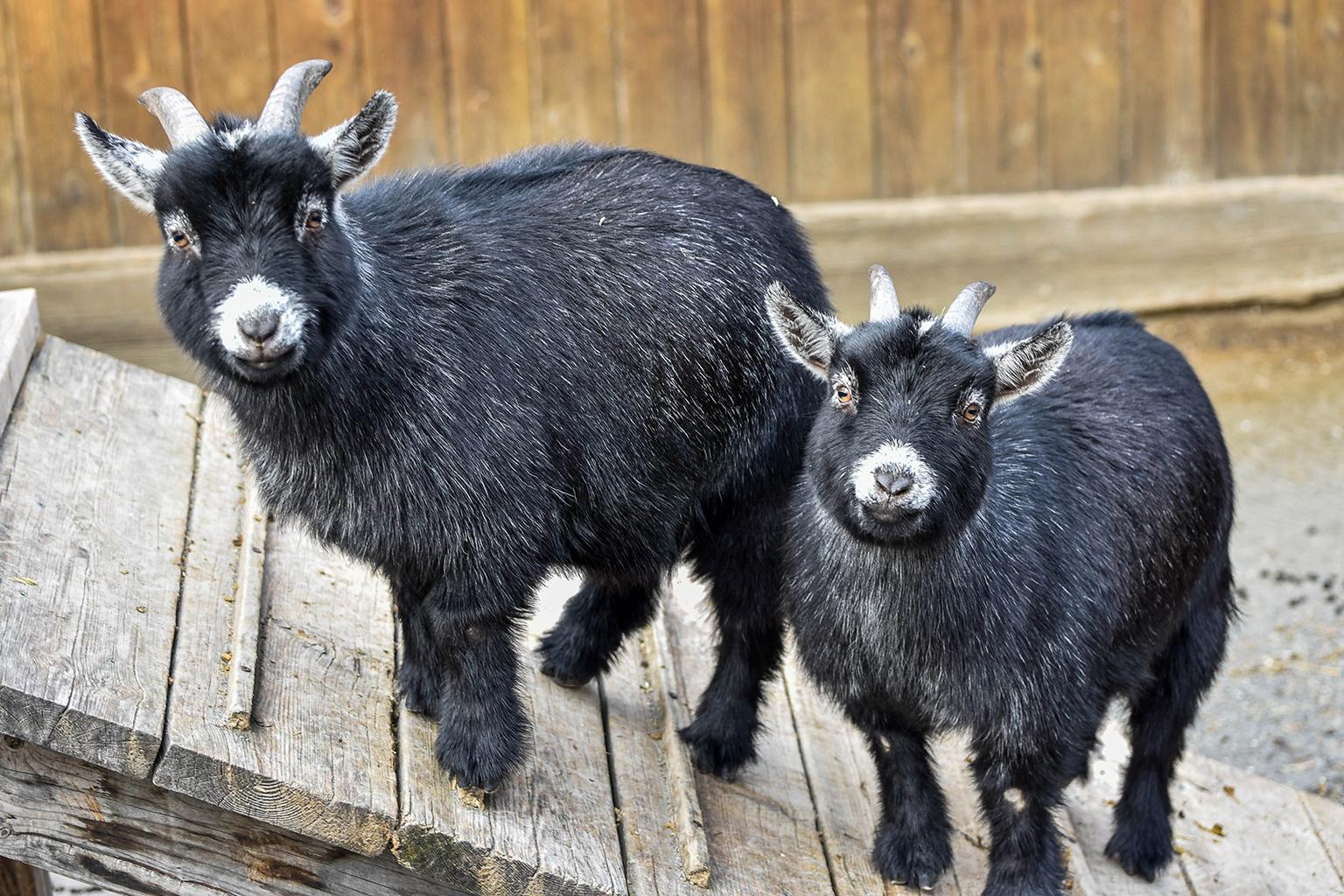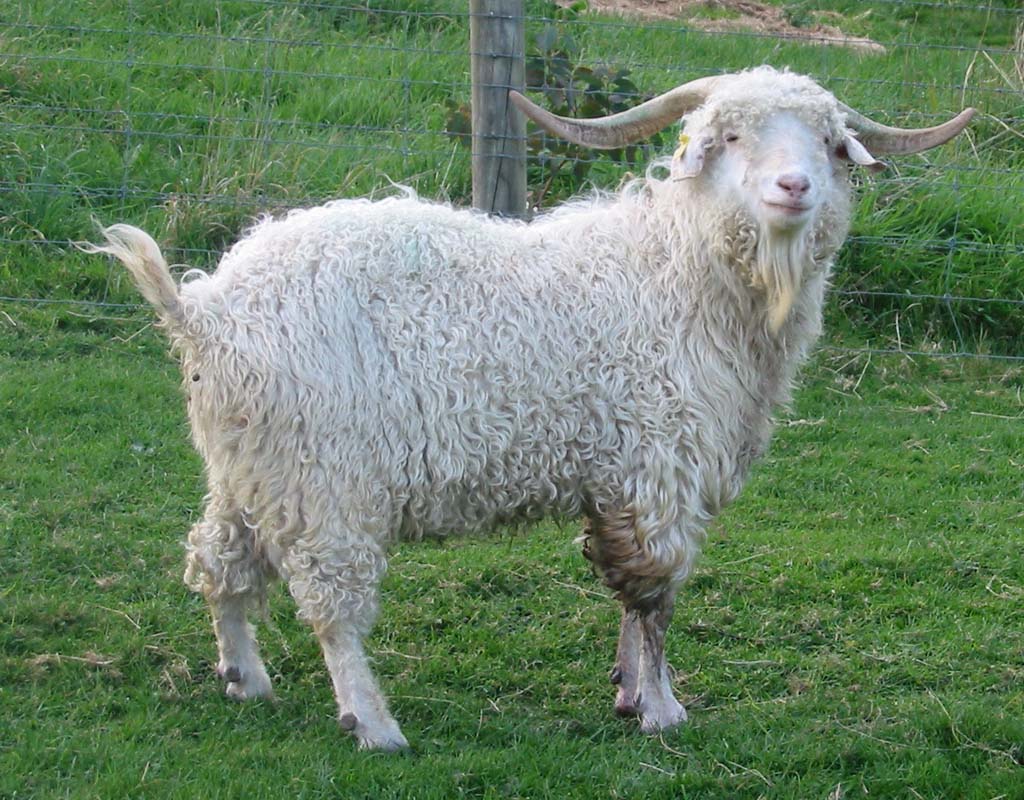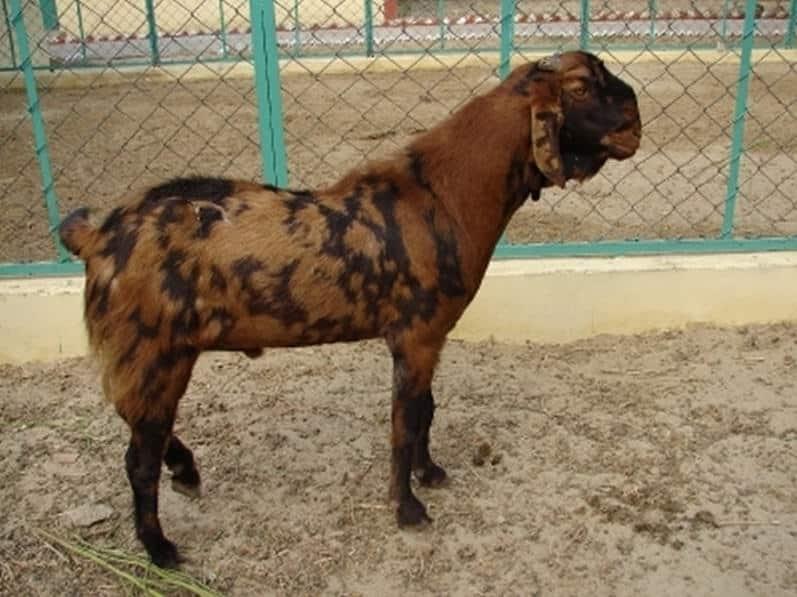Savanna Goat

The Savanna goat, typically distinguishable by its all-white coat, is indigenous to South Africa. This well-muscled robust breed mainly used as a meat goat is hardy and resilient and capable of surviving the adverse conditions of its habitat.
| Also Known As | Not recorded |
| Physical Characteristics | Large stature, robust, well-muscled, with a long neck, strong hooves and jaws, oval, loosely hanging ears, and roman nose |
| Temperament/Personality | Friendly, easy-going adjustable |
| Color | White coat as a result of their dominant gene, though their hooves, horns, and skin have black pigmentation protecting them from the sun |
| Coat | Thick and pliable |
| Size | Moderately big |
| Weight | Approximately 60 kg (132 pounds) |
| Height | 19-25 inches (48-62 cm) |
| Uses | Mainly meat, but even used to produce milk and make leather extracted from their skin |
| Diet | Mostly thrives on leaves, fruits, shoots, and even other parts of trees |
| Lactation Period | 4-5 months |
| Lifespan | 12-15 years |
| Climate Tolerance | High can adapt to extreme heat, cold, and even rains |
| Country of Origin | South Africa |
| Standard and Qualification Information | Not recorded |
History and Development
This is a new breed developed from the native South African goats, Boer being the primary breed in this regard. In fact, these goats have known to originate around 1957 in a stud farm, Ciller and Sons, adjacent to the Vaal River in South Africa.
The breeding process involved mixed-colored does and a big white buck, possibly the Boer. The outcome was a hardy breed capable of withstanding the tough conditions of the savannah, from heat to intense cold and even rain, also emerging as apt meat producers.
After years of natural selection, their popularity began to spread, and the breed garnered interest of the fanciers. Infact, the South African breeders took initiatives of forming the Savanna Goat Society in 1993. The first strains of the Savannah goats were imported to the United States in 1994 by Jurgen Schulz. However, their history couldn’t be recorded due to lack of a registry there.
Meat Production
Their hardiness, giving them strong drought and parasite resisting abilities, make them good meat goats. Kids aged 3-5 months are the ones that yield a good quality of meat sans the fat,
Milk Production
The purebred ones give thick and creamy milk, mainly to feed their young. However, they are not typical milk goats. Sometimes, the farmers breed the Savannas with other domestic goats for a better milk supply.
Kidding
The female goats are fertile with good mothering abilities, mainly delivering twins in a single pregnancy. The number could go up to four kids in a single litter in some cases. Their gestation period spans about 150 days. The kids take about three months to wean, attaining sexual maturity between four and six months.
Interesting Facts
- The purebred Savanna goats are not too cheap, coming for $750-$2000. The Savanna-Boer cross comes for a reasonable price, about $350- $1000










